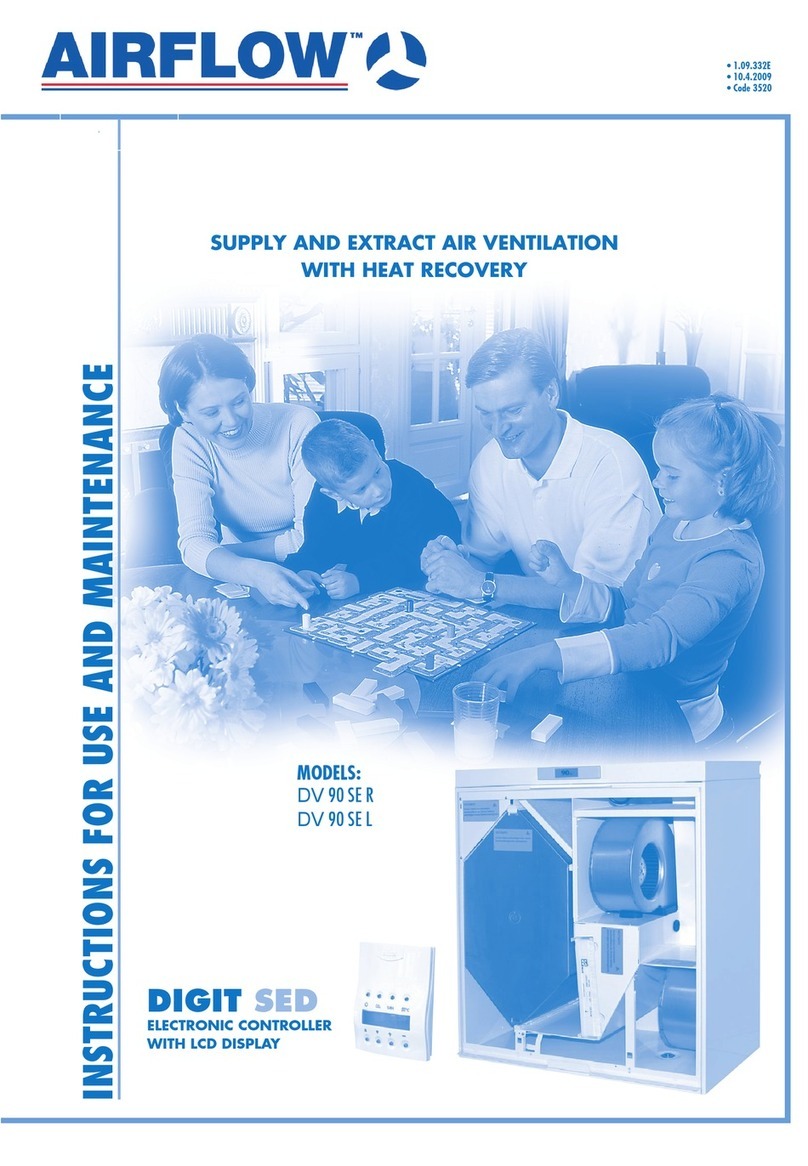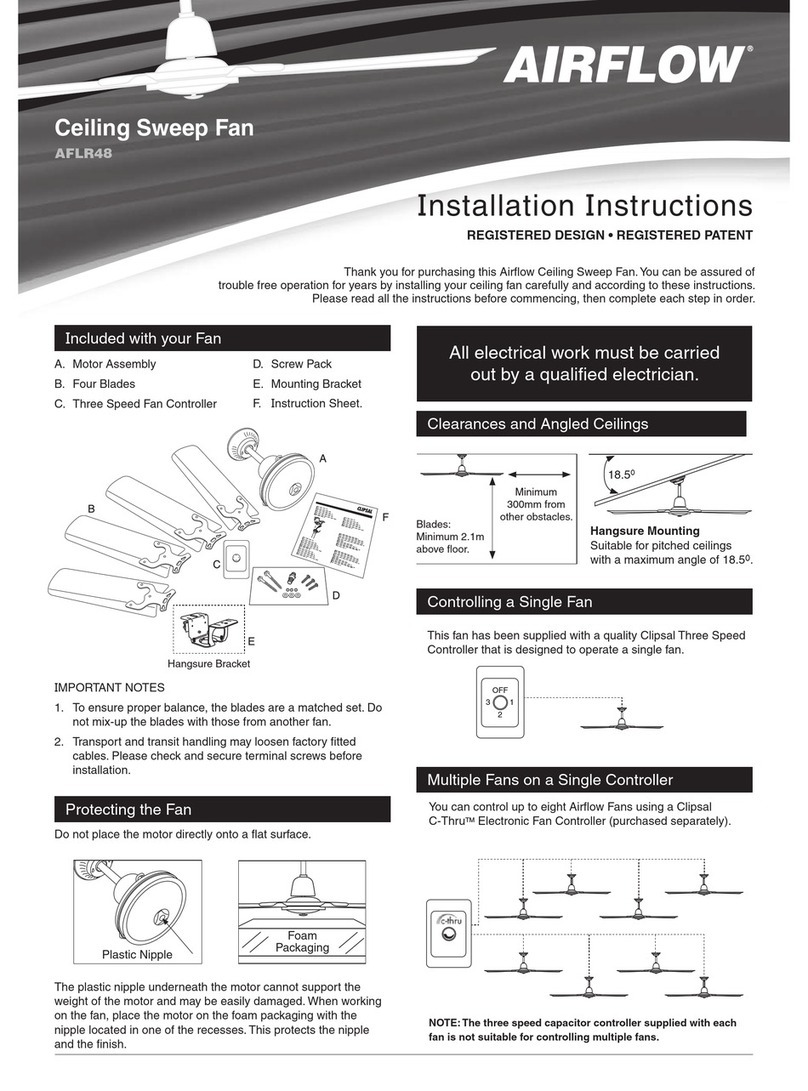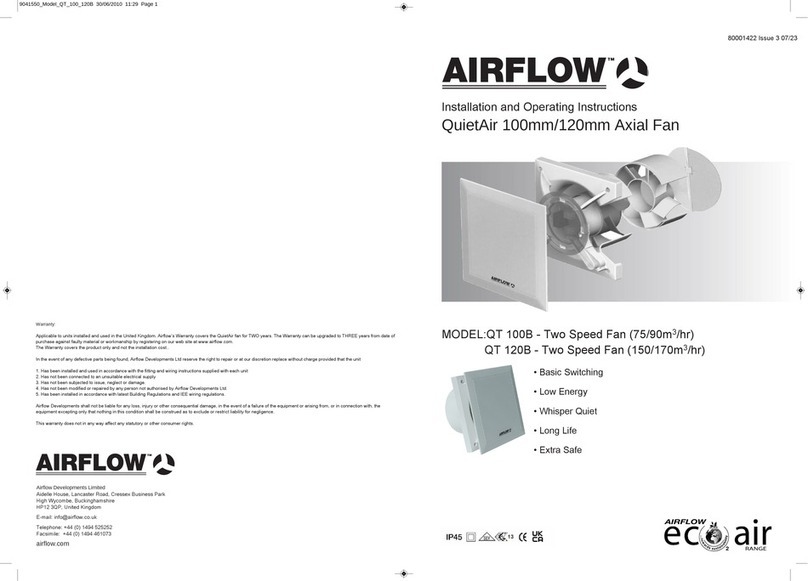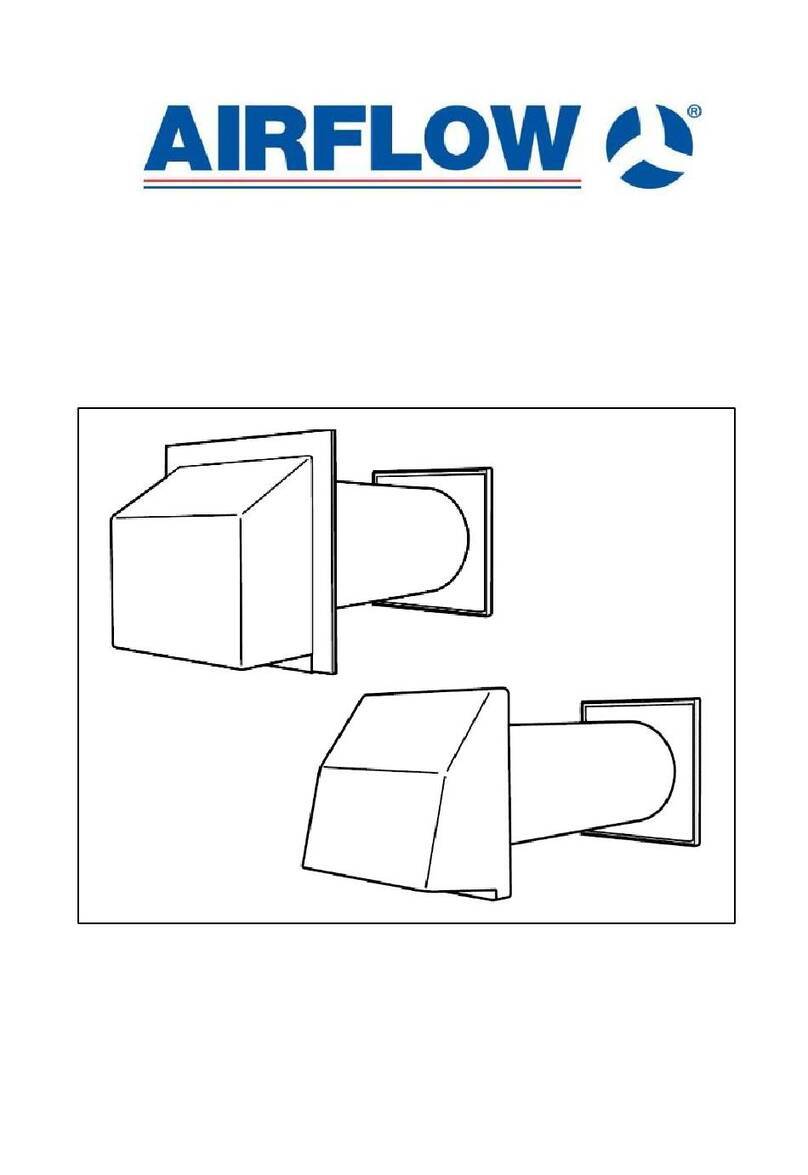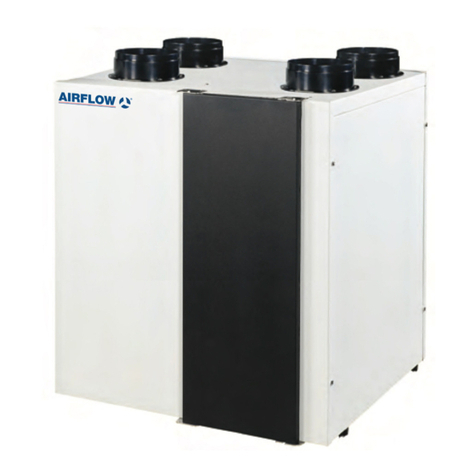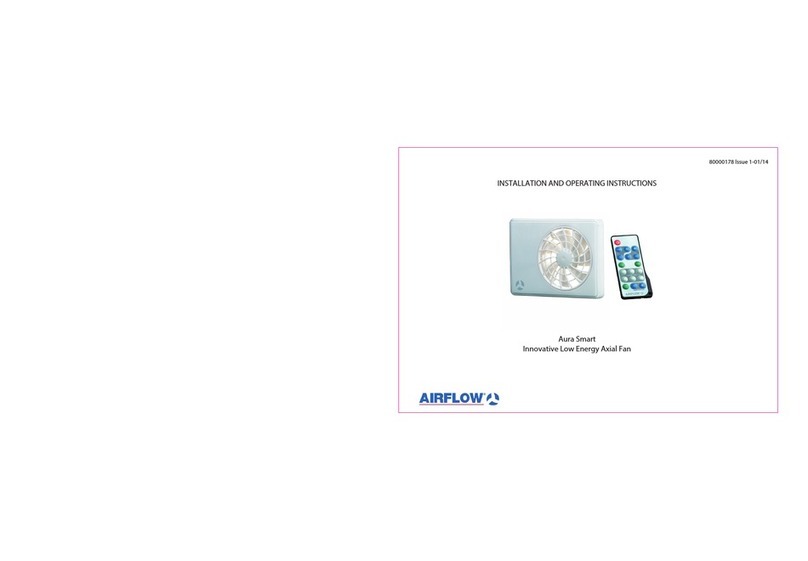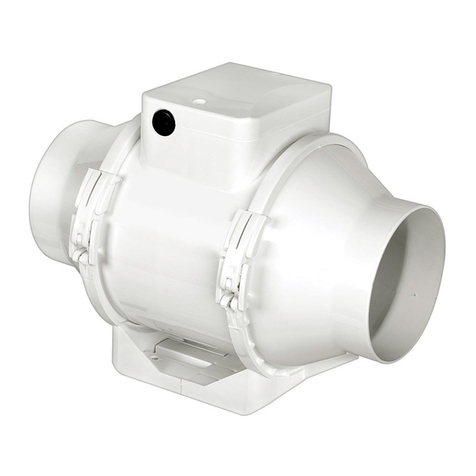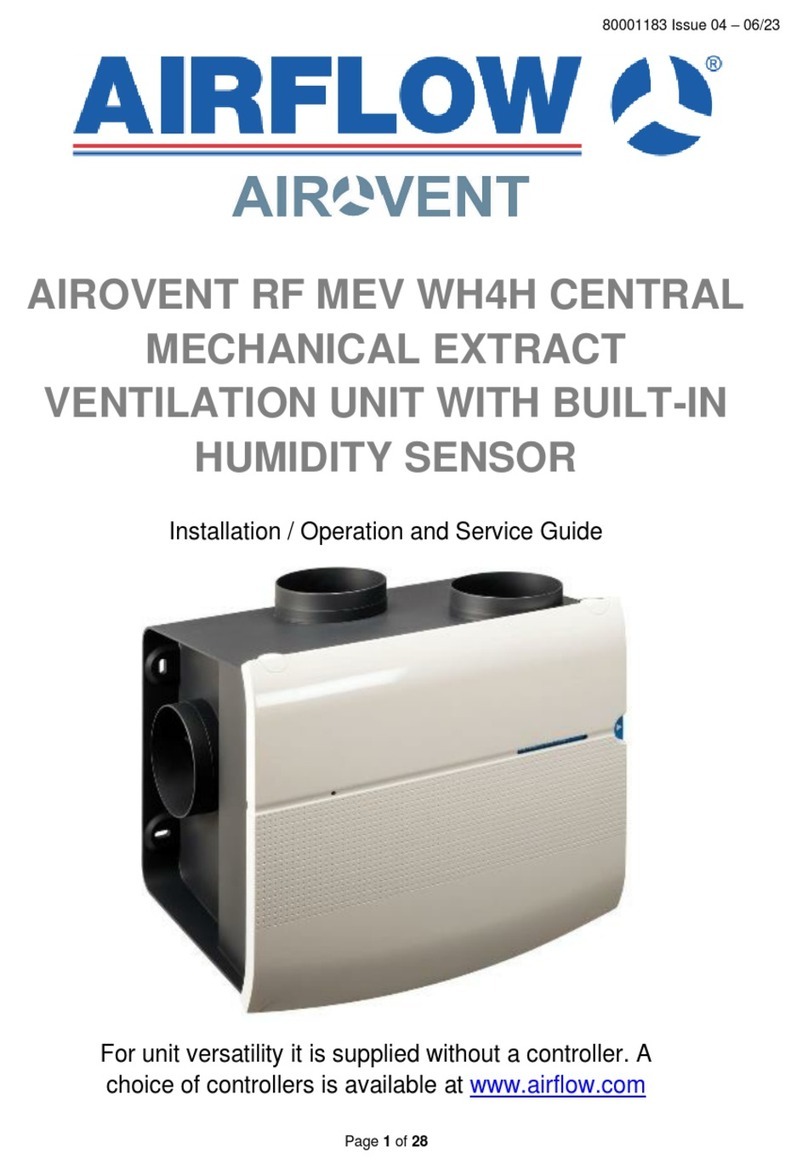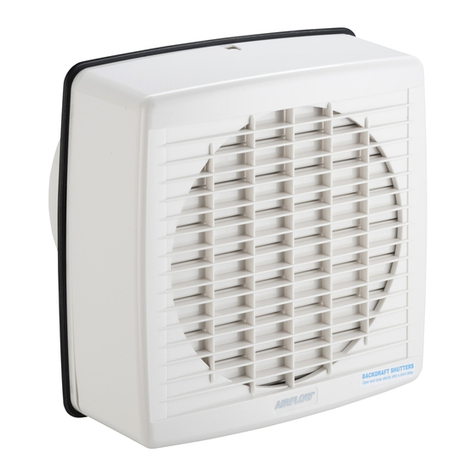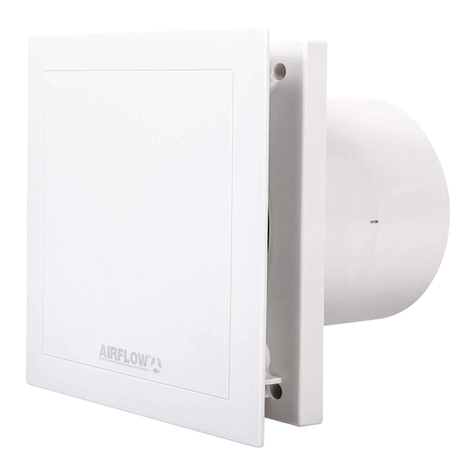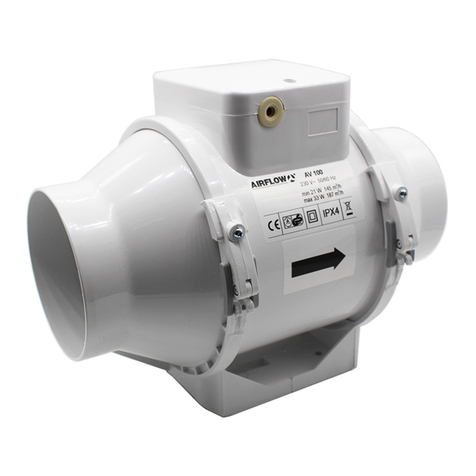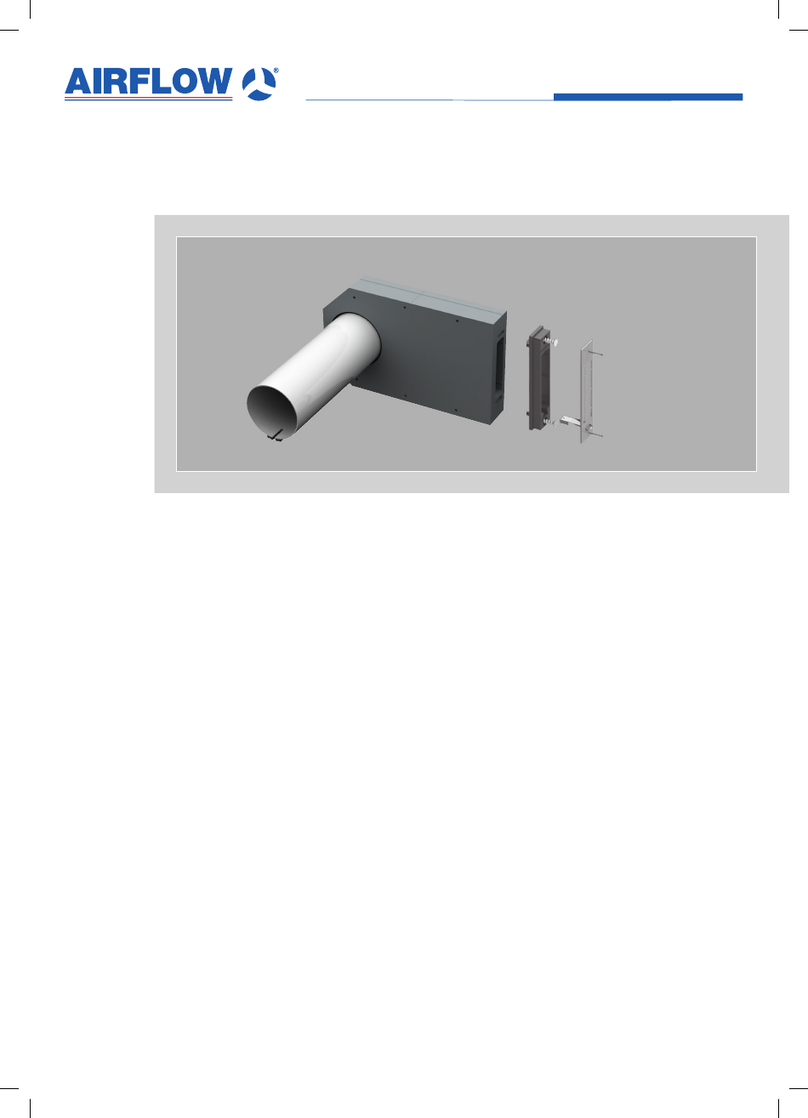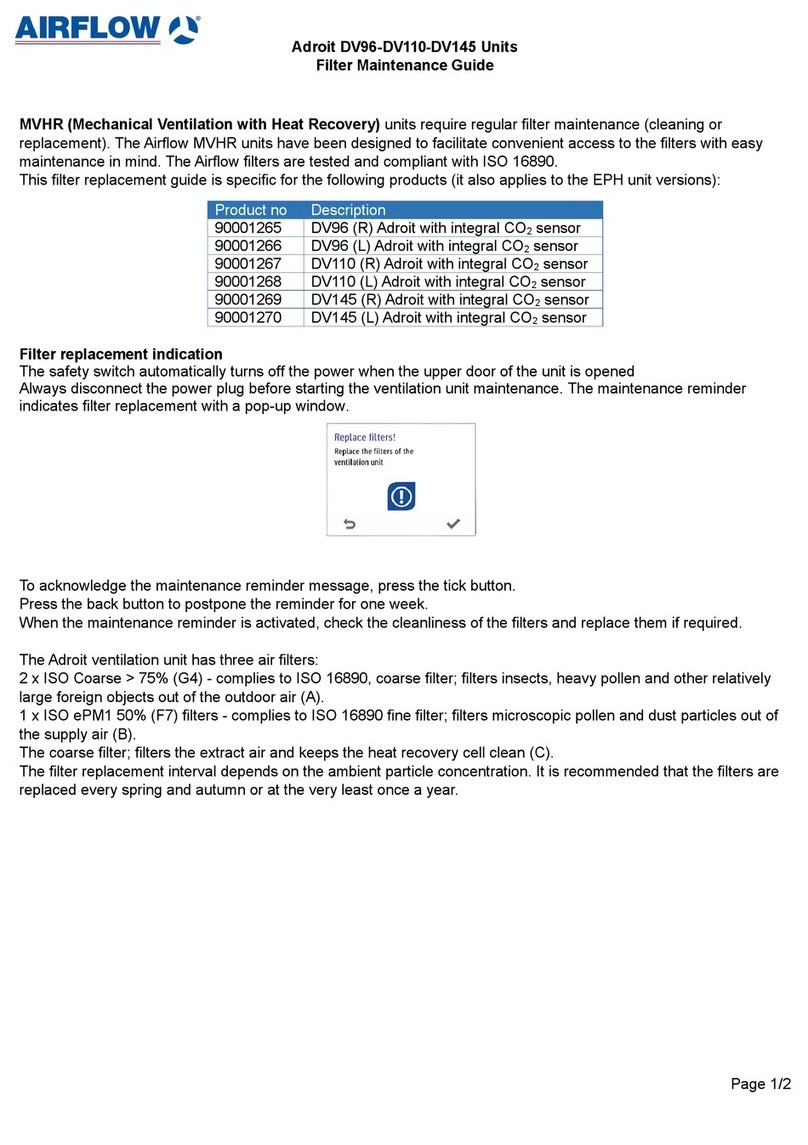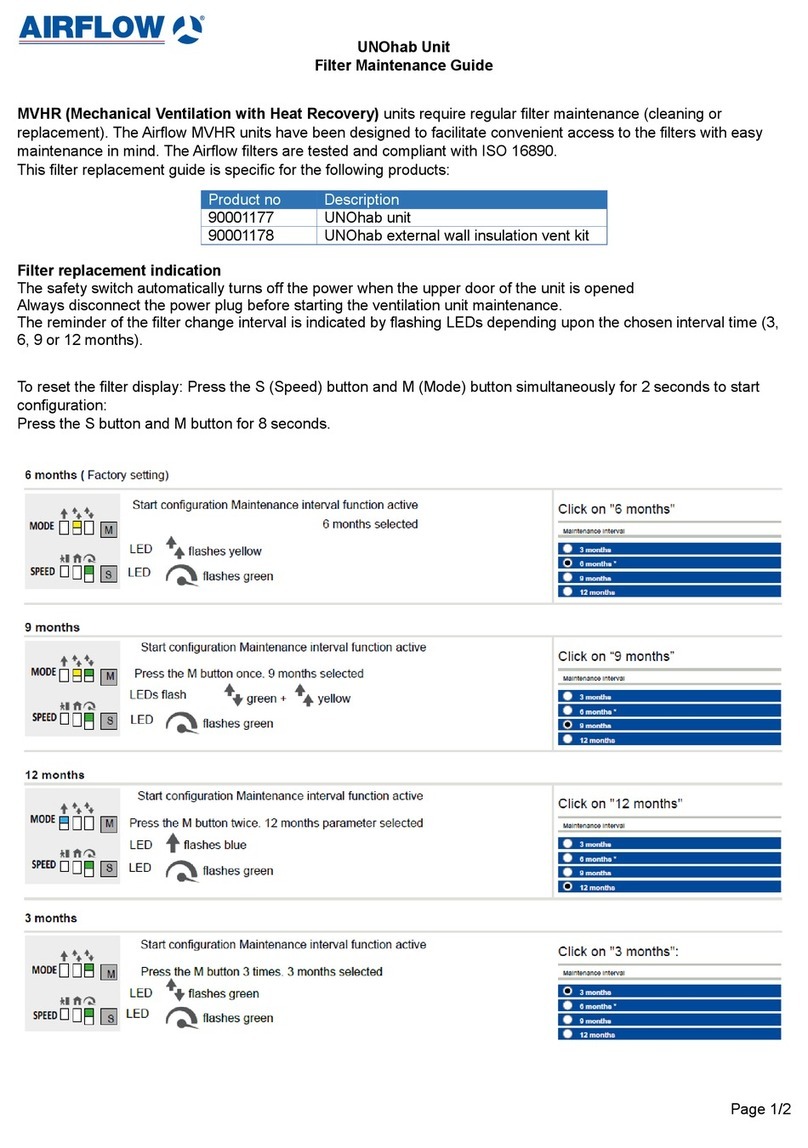
6
heater and control set are not filled with a heating medium, the remaining heating medium
must be drained; the appliance must be dried properly and disconnected from power supply.
2.1.1 Prior to installation please check:
●Completeness of the delivery;
●The delivered unit has not been damaged in transport, manipulation and storage;
●The heat exchanger can revolve (check by hand); applies to exchanger delivered as assembled;
●Parameters of electricity supply network;
●Main power parameters that are needed for the unit to operate as intended;
All deviations from the standard and defects must always be remedied prior to installing the unit.
2.1.2 Prior to the first putting into operation please check:
●The tension of the belt;
●Disassemble fixing elements in case the rotary wheel is secured for transport;
●Make sure that rotating and static parts being adjoin are clean (clean these thoroughly especially
from metal shavings and wooden sawdust);
●The rotary wheel can rotate freely;
●The sealing elements of rotary wheel are placed correctly (brushes, felt);
●Connections to the air handling, air ducts or building construction;
●Electrical installation;
●The overcurrent protection of electromotor must be set to the value that is lower than the value of
the current stated on the label.
2.1.3 When launching the unit for the first time please check:
●The rotary wheel rotates in correct direction; correct direction of rotation is indicated by an arrow
placed on the heat exchanger;
●Current consumption (it must not exceed the value stated on the label of electro motor).
When these conditions are met the heat exchanger can be put into trial operation.
2.2 Hygienic instructions and requirements
●If installation is interrupted or heavy dusting occurs,
cover all openings of the appliance in such a way so as
to ensure that surfaces to be in contact with transported
air remain protected against the weather and stay clean
and dry.
●If long-term high relative humidity (short-term more than
90 % or more than 80 % for three consecutive days) is
likely to occur with the subsequent moistening of filters
(e.g. in areas with frequent fogs, frequent and long
rains, flying snow etc.), suitable measures must be
taken to prevent microbiologic growth. Recommended
measures include more frequent hygienic checks as
per VDI 6022 or shorter filter replacement intervals. The unit must not suck pollutants
Another option is the preheating of air using an
appropriate control devices (electrical duct heaters are available as accessory), or the appliance
must be put out of operation for the period when filters are at the risk of moistening (if the type of
operation allows this).
●Should such weather conditions occur at the site of installation that would cause the dew point to be
exceeded in the supply air region of the heat recovery exchanger, or an independent cooling
system is installed in ventilated rooms, Duplexvent units may only be used provided that it has been
arranged via appropriate measures that the dew point is not exceeded in the heat exchanger. The
typical weather of central Europe makes this condition almost impossible.
●The e1/ODA air supply chamber has no water drain. An accessible and cleanable chamber with a
drain of precipitated water must be installed upstream the outdoor air inlet into the appliance.
●The HVAC network of appliances operated in an environment with Class ETA 2 extract air must be
arranged for operation in such a way so that positive pressure is on the supply air side of the heat
recovery unit; in an environment with Class ETA 3 extract air must be arranged for operation in


